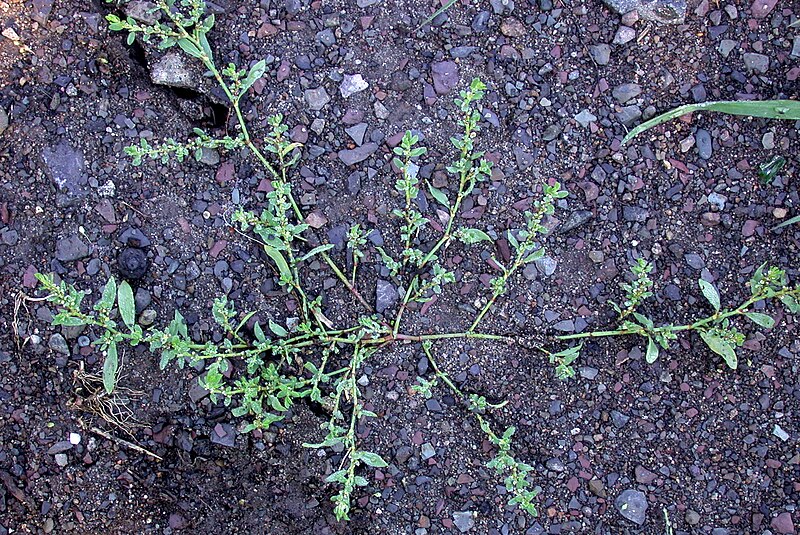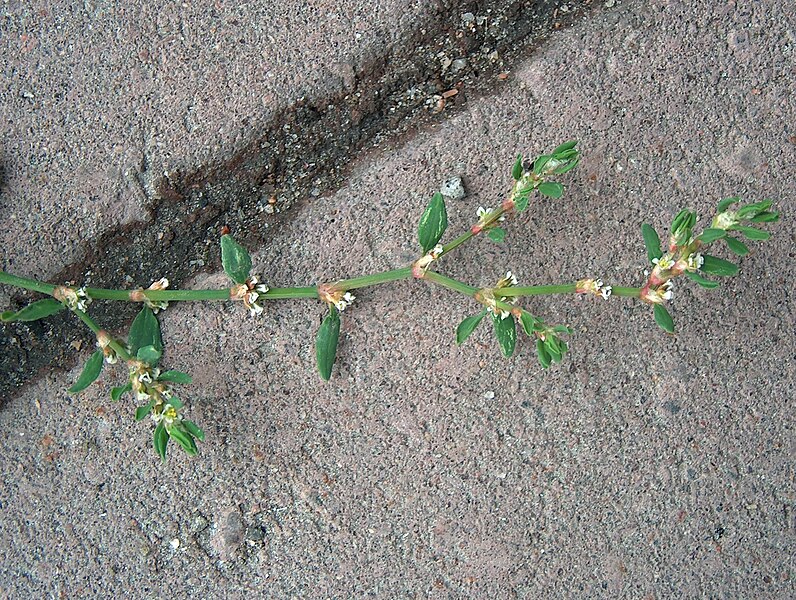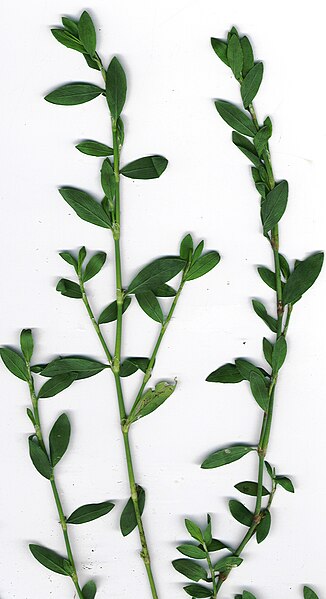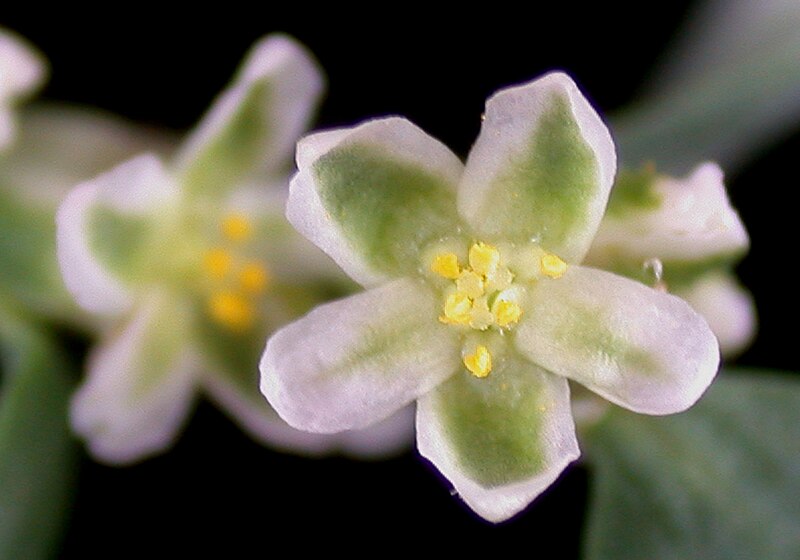Knotweed Identification – Polygonum aviculare
Heads up
Journeying through fields, you might have stumbled upon a plant that keeps low to the ground, spreads wide, and seems to conquer every inch it inhabits. This plant, known as Knotweed or Polygonum aviculare, is quite prevalent in various habitats worldwide.
Polygonum aviculare belongs to the Polygonaceae family, a big family tree of plants that includes buckwheat. Knotweed is part of this family, making it a distant cousin to some plants you might already know.
Knotweed is also called Birdweed, Doorweed, or Knotgrass. The plant originated from Eurasia but has since traveled and settled in fields and wetlands across the world. Whether you’re in the high mountains or the low valleys, there’s a chance you’ll spot this plant.
Knotweed is an annual plant. If you try to mow it, you’ll find it quite a challenge because this plant grows low, with long stems that can stretch up to 3 feet.
Knotweed: Key Parts in Photos




How to identify Knotweed
The leaves of the Knotweed are pretty distinct. They’re smooth to touch, green, sometimes with a hint of blue, and are shaped like oblongs. They are about an inch long and a third of an inch wide. But here’s the unique part: At the base of each leaf, there’s a sheath (called an ochrea) that wraps around the stem. Think of it as a leaf’s little protective collar.
Knotweed’s flowers are small and come in clusters. They can be green with edges of pink or purple. While they don’t have petals like a traditional flower, they have something called “perianth segments.” Perianth is just a fancy term for the outer parts of a flower. In Knotweed, you’ll usually spot around four to five of these segments on each flower.
Knotweed produces an achene, which is a small, dry fruit. The achene is three-edged and dark brown. When mature, it’s less than an inch in size, both in length and width.
One noteworthy feature of the Knotweed is its resilience. Each plant can produce thousands of seeds. These seeds can stay dormant, waiting for the right conditions for several years. And when the conditions are right, like when the soil is disturbed, they spring to life. This is why you often find Knotweed in areas where the ground has been turned or tilled.
